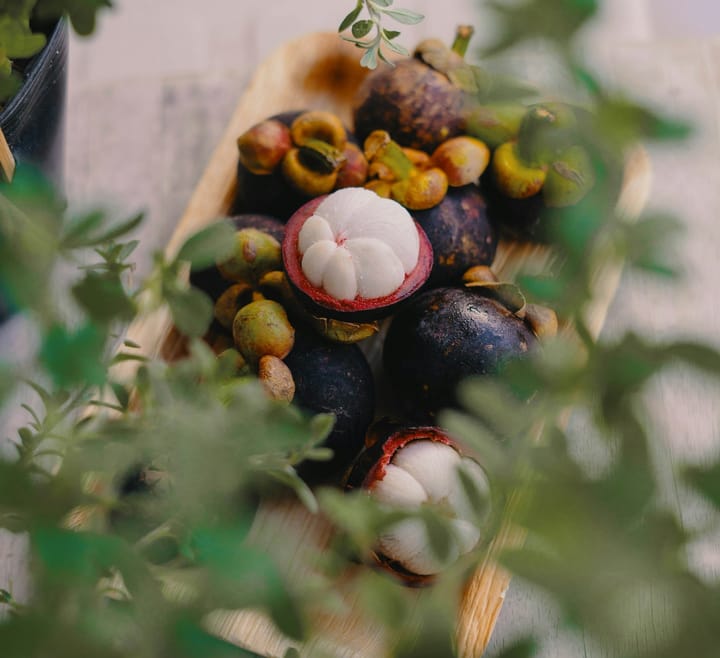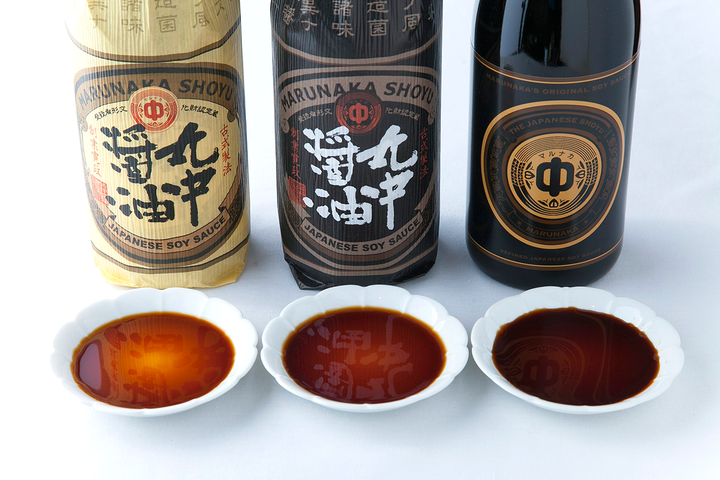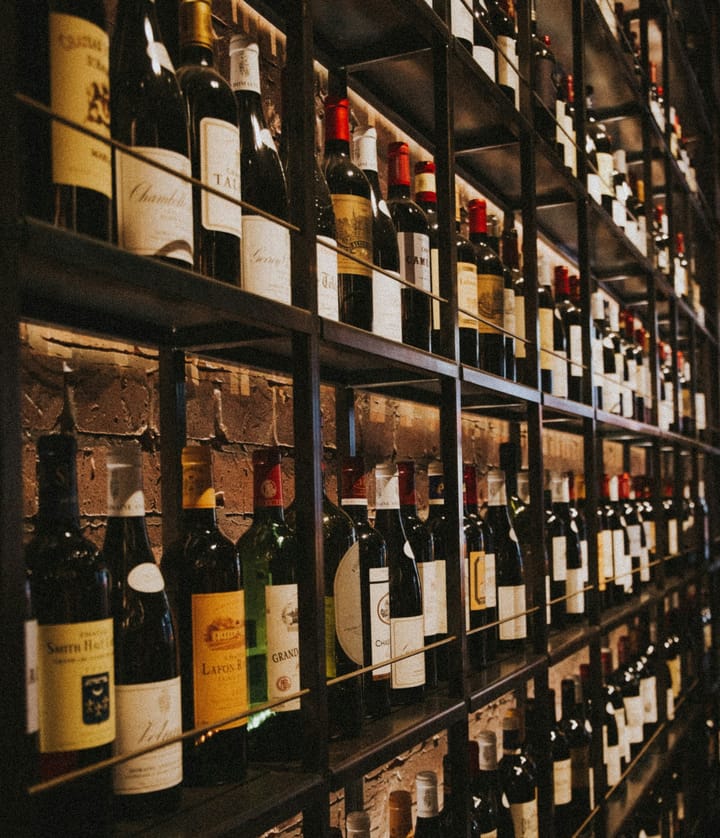Understanding Why Salt and Pepper Became Culinary's Perfect Pair
Explore the fascinating journey of how salt and pepper's remarkable partnership shaped culinary history, revolutionized global cuisine, and became the world's most essential seasoning combination

The marriage of salt and pepper stands as one of gastronomy's most enduring partnerships, a culinary cornerstone that transcends cultural boundaries and spans millennia.
This relationship, which we now take for granted on dining tables worldwide, has fascinating historical roots that reveal much about human civilization's relationship with seasoning and taste.
The Ancient Origins of Our Essential Seasonings
Salt's history stretches back to the dawn of civilization, where it served not only as a flavor enhancer but as a crucial preservative and trading commodity.
Ancient civilizations from Rome to China valued salt so highly that it was often used as currency, giving rise to the word "salary" from the Latin "salarium."
Meanwhile, pepper, native to the Malabar Coast of India, became one of the most sought-after spices in the ancient world, driving maritime exploration and shaping global trade routes.
The Medieval Catalyst: How European Courts Cemented the Pairing
The definitive pairing of salt and pepper can be traced to medieval European courts, particularly during the rise of French haute cuisine in the 14th and 15th centuries.
During this period, wealthy European nobles sought to distinguish their cuisine from that of common people, who typically used locally available herbs and seasonings.
Pepper, being an expensive imported spice, became a status symbol, while salt remained essential for its ability to enhance flavors.
The Science Behind the Symphony
The combination of salt and pepper works on multiple sensory levels, creating a complex interplay of taste and sensation.
Salt, beyond simply making food "salty," acts as a flavor amplifier, enhancing the natural tastes present in food by suppressing bitterness and highlighting sweet and umami notes.
Pepper, containing the compound piperine, stimulates the trigeminal nerve, creating a mild heat sensation that adds depth and complexity to dishes without overwhelming them.
Cultural Significance Across Continents
While the salt and pepper combination gained prominence in European cuisine, many cultures worldwide had their own parallel developments of basic seasoning pairs.
In East Asian cuisine, salt often pairs with MSG or soy sauce; in Middle Eastern cooking, salt frequently accompanies sumac or za'atar.
However, the globalization of European culinary traditions during the colonial era helped establish salt and pepper as the universal table seasoning pair.
The Evolution of Quality: From Common to Connoisseur
Just as our understanding of wine has evolved from simple table varieties to complex vintages, salt and pepper have undergone their own quality revolution.
The emergence of artisanal salts like fleur de sel and specialty peppercorns from distinct regions has elevated this basic pairing into a realm of connoisseurship.
Modern chefs and food enthusiasts now carefully consider the specific characteristics of different salt and pepper varieties when seasoning dishes.
Beyond Basic Seasoning: The Artistic Application
Understanding how to use salt and pepper effectively requires more than simply shaking them over food.
The timing of seasoning, the size and texture of the crystals or grounds, and the specific variety chosen can dramatically impact a dish's final flavor profile.
Professional chefs often layer different types of salt throughout the cooking process, reserving premium finishing salts like fleur de sel for the final touch, while choosing specific pepper varieties to complement particular dishes.
The Psychology of the Pair
The ubiquity of salt and pepper has created a psychological comfort factor in dining.
Their presence on the table gives diners a sense of control over their food's seasoning, while their familiar appearance can make exotic dishes feel more approachable.
This psychological aspect has helped maintain their status as essential table condiments even as culinary traditions have evolved and diversified.
Modern Interpretations and Innovations
Contemporary chefs and food scientists continue to explore and reinvent this classical pairing. Some experiment with different types of peppercorns – from the fruity Tasmanian pepper to the numbing Sichuan variety – while others play with various salt textures and mineral contents.
This innovation demonstrates how even the most basic culinary combinations can continue to evolve and surprise.
The Environmental Impact of Our Daily Seasonings
As awareness of environmental issues grows, the production and transportation of salt and pepper have come under scrutiny.
Traditional salt harvesting methods, particularly for artisanal varieties like fleur de sel, often represent sustainable practices that preserve coastal ecosystems.
However, the pepper trade continues to face challenges related to sustainable farming practices and fair labor conditions, prompting increased interest in ethically sourced varieties.
Future Perspectives: Maintaining Relevance in Modern Cuisine
As global culinary awareness expands and diners become more adventurous, the question arises: will salt and pepper maintain their privileged position?
Current trends suggest that while people are increasingly exploring other seasoning combinations, the fundamental utility and pleasure of the salt and pepper pairing ensure its continued relevance.
The key lies in understanding these seasonings not as limitations but as a foundation upon which to build more complex flavor profiles.
The Art of Balance in Modern Dining
In contemporary cuisine, the salt and pepper paradigm teaches us valuable lessons about balance and restraint in seasoning.
Their complementary nature – salt enhancing and pepper adding complexity – provides a model for understanding how different flavors can work together harmoniously.
This understanding becomes particularly relevant when working with premium varieties like fleur de sel, where subtle mineral notes and delicate textures play crucial roles in the final dish.
This enduring partnership between salt and pepper represents more than just a culinary convention; it embodies fundamental principles of flavor enhancement and complexity that continue to influence how we think about and prepare food.
As we explore new culinary frontiers, this classic pairing remains a testament to the enduring wisdom of traditional gastronomy.


